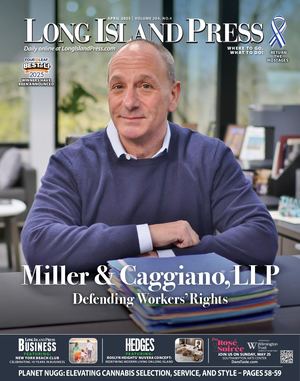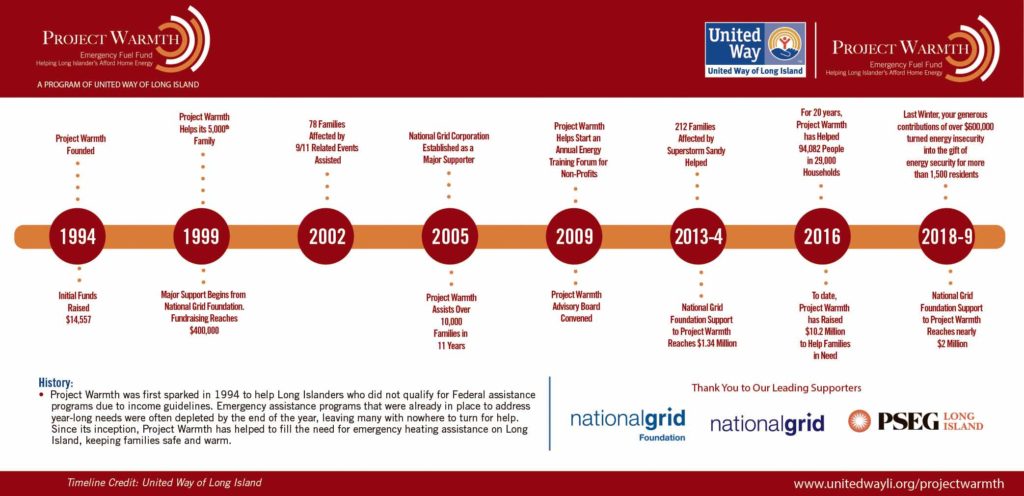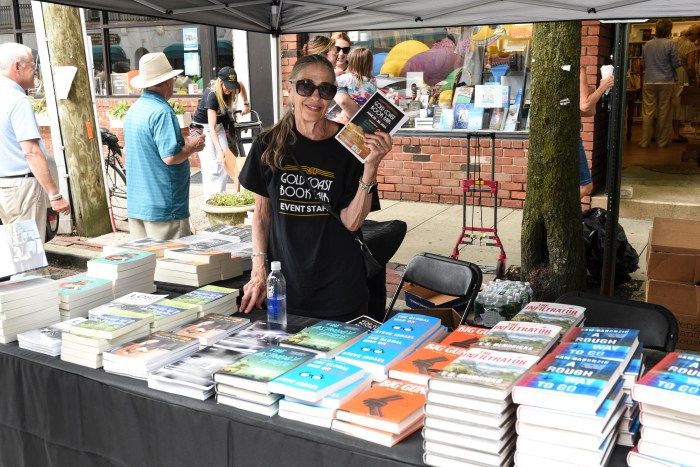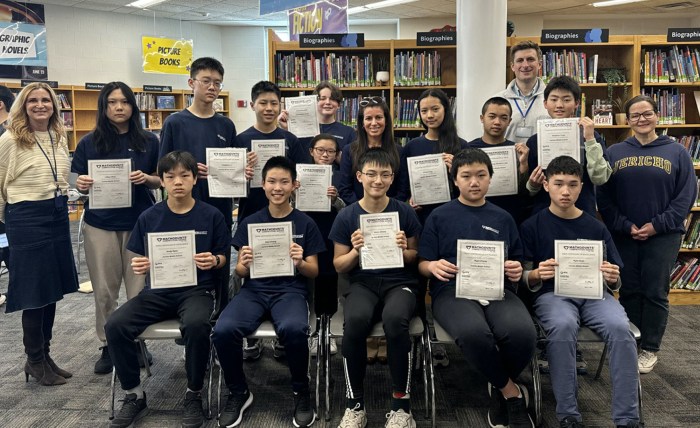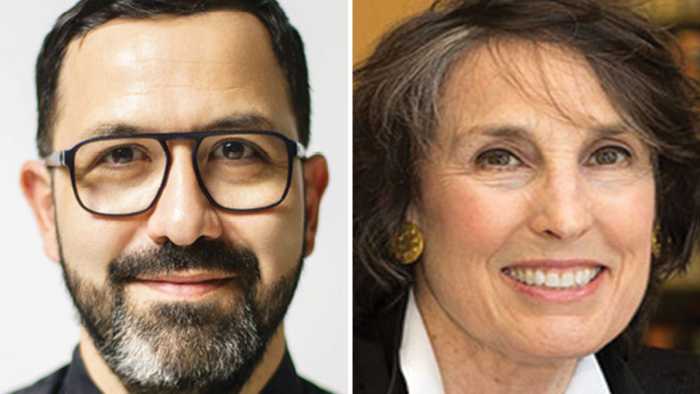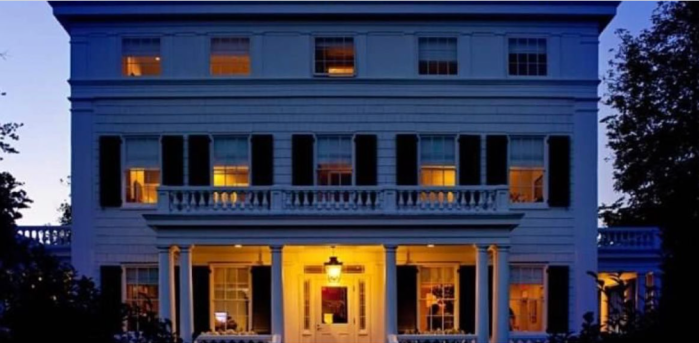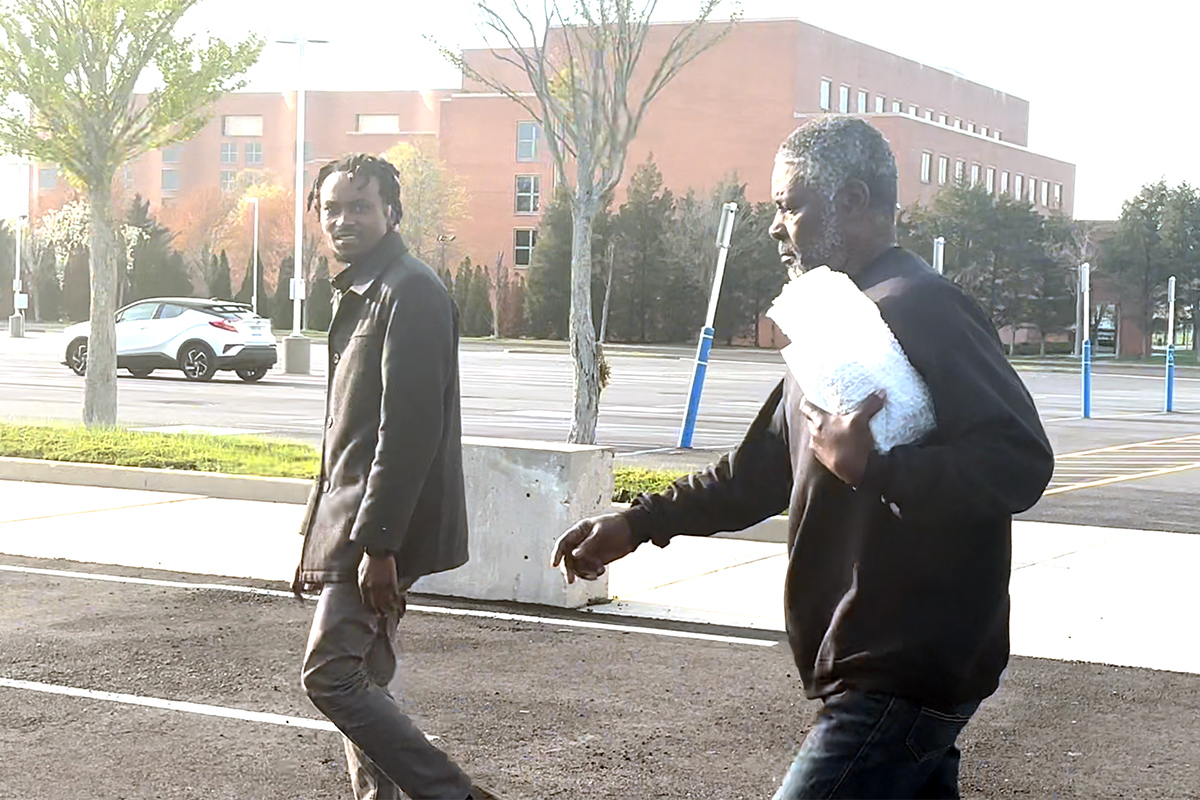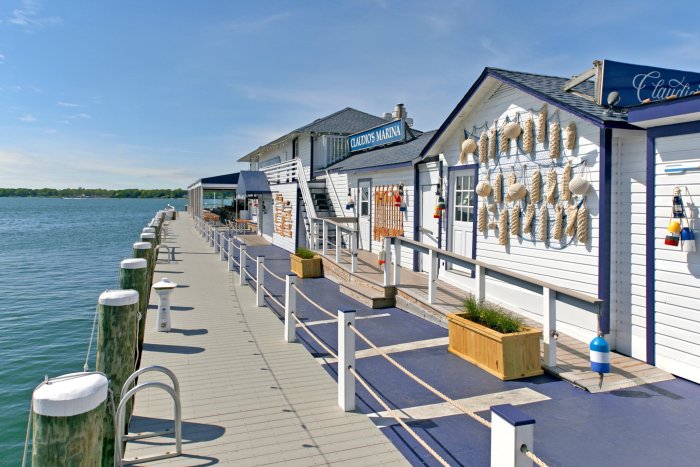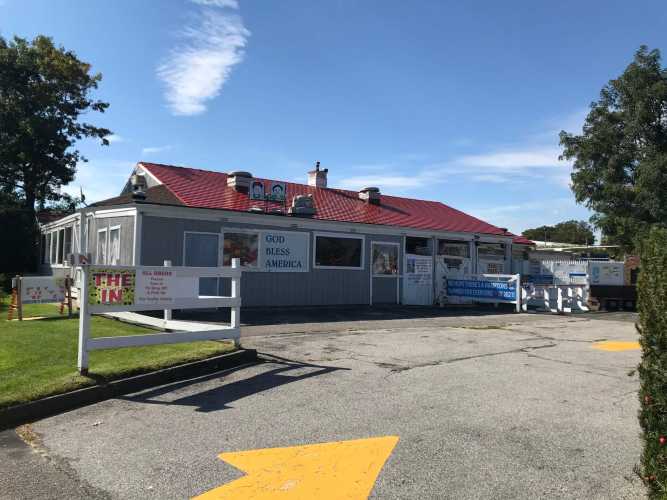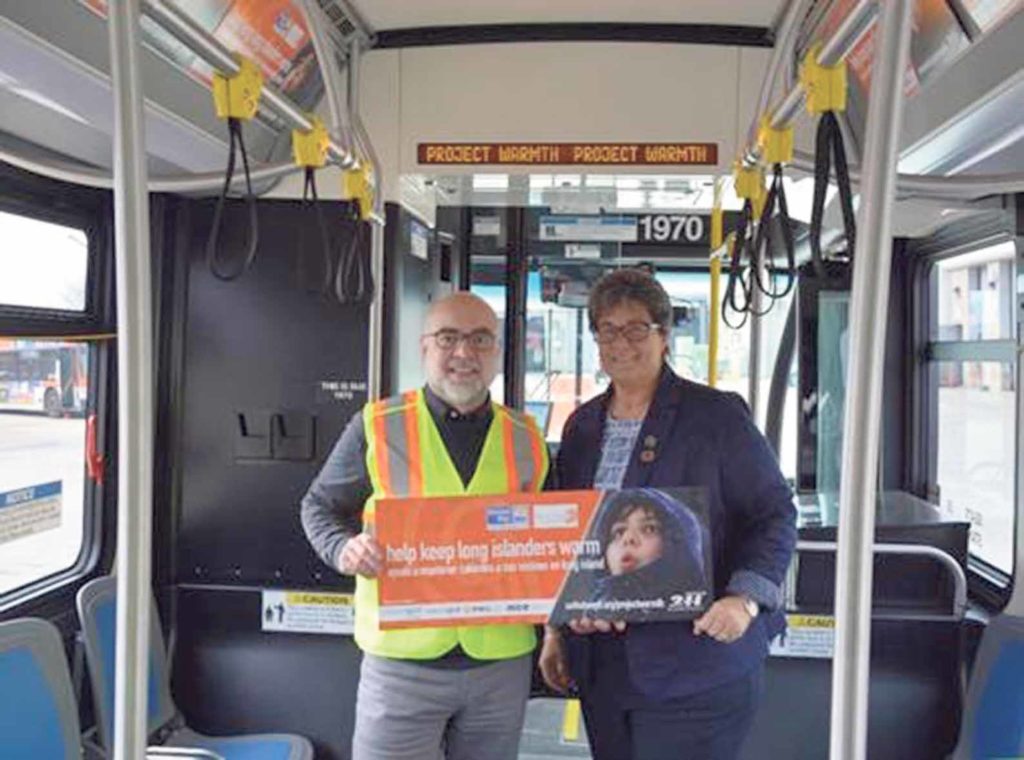
Since 1994, energy insecure families needing help to keep the heat on as temperatures drop have been able to turn to United Way’s Project Warmth program. As Long Island’s only island-wide non-governmental emergency fuel fund, this program has served as a safety net for individuals and families who need assistance with an oil delivery or heat-related utility bill. Since its inception in 1994, Project Warmth has provided more than $10 million in emergency funding to upwards of 94,000 children and adults. Oftentimes, those seeking this kind of aid have to sacrifice other necessities in order to stay warm.
For United Way of Long Island Chief Development Officer Craig Fligstein, it’s a precarious position to be in.
“Most of the families we serve are what we call ALICE (Asset Limited, Income Constrained, Employed) families and they are typically making a lot of financial trade-offs,” he pointed out. “They’re robbing Peter to pay Paul. What happens is that they get the Project Warmth grant and let’s say they get the maximum amount—$700. That has just paid for their heating bills to keep them warm for over a month. It really helps the working poor families.”
The first step in the process is for potential recipients to see if they’re eligible for a Home Energy Assistance Program (HEAP) grant. HEAP helps low-income families and individuals pay the cost of heating their homes via federal funding distributed by the State of New York. If recipients are still in a state of financial hardship, the can apply for a Project Warmth grant, which is a one-time grant.
“What we do with Project Warmth is that we have 90 different outreach centers and we help families with their oil and gas bills. We’ll also pay for a portion of their electric bill, since you obviously need your electricity to operate your furnace. The long and short of it is that the maximum amount for gas or oil this year is $500. We also provide up to $200 for electricity for families,” Fligstein explained. “We work with roughly 90 nonprofit outreach centers across Long Island and we have a lot of parish outreach centers at different churches across Long Island. Those groups do the enrollment, take a look at the family’s income level and make sure they’re not eligible for HEAP.”
Families seeking aid can visit www.211longisland.org or www.unitedwayli.org/projectwarmth.com for more information. They can also contact United Way of Long Island’s 2-1-1 helpline by dialing 2-1-1, or outside of Nassau and Suffolk counties 1-888-774-7633, seven days a week, from 9 a.m. to 5 p.m.
Aiding in getting the word out is a partnership United Way of Long Island has entered into with Nassau Inter-County Express/NICE Bus in which Project Warmth billboards will be placed in all 350 of the latter’s buses throughout Nassau County.
“It is because of our dedicated partners, including NICE Bus, that United Way is able to increase our visibility, but most importantly, continue to reach Long Islanders in all corners of the region,” Long Island President/CEO Theresa A. Regnante said.
According to Fligstein, a family of four on Long Island needs to earn at least $90,000 a year to maintain self sufficiency and to have a survival budget. In order to qualify for HEAP, a family of four may have a maximum gross monthly income of $4,700 or an annual gross income of $57,000. Given that beneficiaries caught up in the social safety net are caught up in the benefits cliff, in which state aid gets cut off abruptly if you go even one dollar over your qualifying cap, Project Warmth is an invaluable resource when a grant like HEAP cuts off. United Way of Long Island looks to raise roughly $600,000 annually that will go to aid roughly 1,000 households.
The program ends once funds run out for the year, usually around the middle of March.
“It’s important to have this kind of safety net,” Fligstein said. “The families that I’ve seen are very proud and not looking for an entitlement. It’s a real necessity on Long Island where the cost of living is so high and families really cannot make ends meet.”
